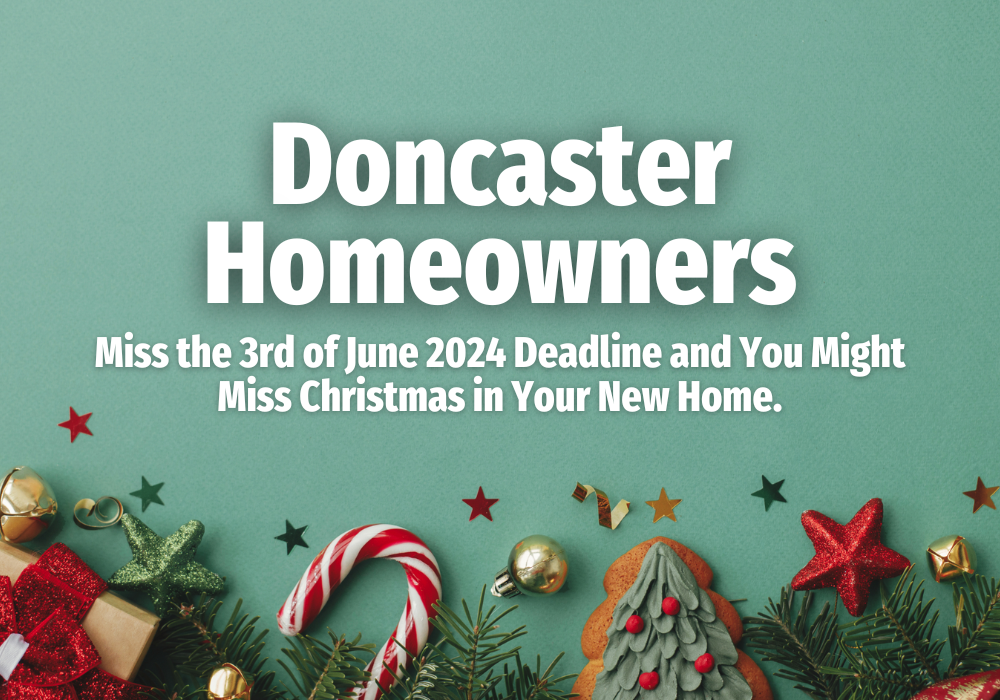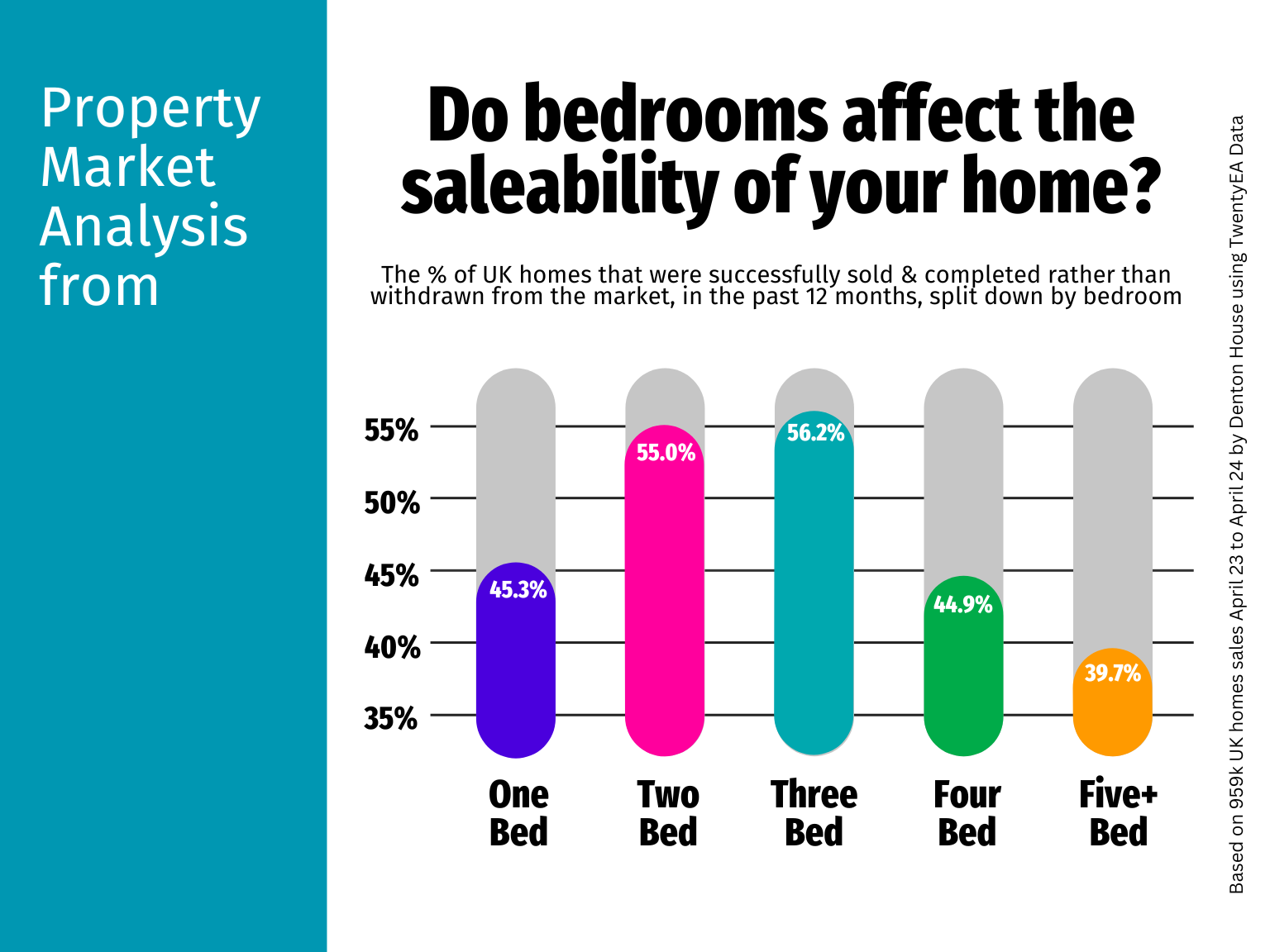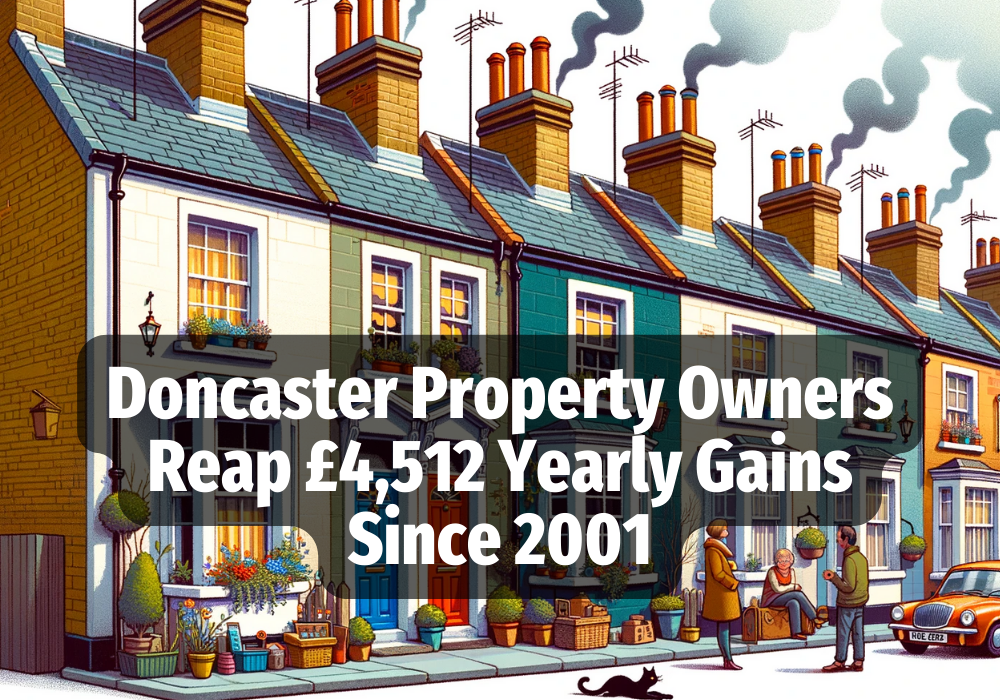Well the fallout from the recent Budget is still continuing. I was chatting to a couple of movers and shakers from the Doncaster area the other day, when one said, “There isn’t enough land to build all these 300,000 houses Philip Hammond wants to build each year”.
…and if you read the Daily Mail, you would be forgiven for thinking the Country was at bursting point … or is it?
It was 60 years ago the first satellite was launched (Sputnik). All the Superpowers have used them to take high definition pictures of each other for decades, but now satellites and their high-powered cameras are being used for more peaceful purposes. The European Environment Agency (EEA) have been taking high definition pictures of the UK from outer-space to give us a focused picture of what every corner of the Country really looks like … and the findings will come as a surprise.
As my blog readers know, I always like to ask the important questions relating to the Doncaster property market. If you are a Doncaster landlord or Doncaster homeowner, this knowledge will enable you to make a more considered opinion on your direction and future in the Doncaster property market. Like every aspect of all economic life, it’s all about supply and demand, because over the last twenty or so years, there has been an imbalance in the British (and Doncaster) housing market, with demand outstripping supply, meaning the average value of a property in Doncaster has risen by 234.25%, taking an average value from £36,200 in 1995 to £121,000 today.
Using the information from the EEA and data crunched by Sheffield University with their Corine-Land Cover project, I posed them a few questions about the local area, interesting questions I would like to share with you …
- What proportion of the whole of Doncaster is built on?
12.26%
That surprised you, didn’t it! In the study, land classified as ‘urban fabric’ defined has land which has between 50% and 100% of the land surface is built on, (meaning up to a half might be gardens or small parks, but the majority is built on).
- How much land is intensively built on locally?
Of that amount mentioned above, how much of it is high-density urban fabric? (i.e. where 80% to 100% is built on – still leaving 20% for gardens) Less than 0.1% – again I bet that surprised you!
- So how is the land used locally?
Sports Facilities 1.99%
Mineral Extraction 2.18%
Industry 2.5%
Arable Farmland 65.08%
…the rest being made up of various other minor types such as pastures, forests and waterways, etc.
Doncaster and the surrounding areas are greener than you think! In fact, I read that property covers less of the UK than the land revealed when the tide goes out. The assumption that vast bands of our local area have been concreted over doesn’t stand up to inspection. However, the effect of housing undoubtedly spreads beyond its actual footprint, in terms of noise, pollution and roads.
Now I am not suggesting for one second we concrete over every inch of the locality, but the bottom line is we, as a country, are growing at a quicker rate than the households we are building. I appreciate the emotional effect of housing is greater than other land use types because most of us spend the vast majority of our time surrounded by it. As Brits, we live our lives driving along roads, walking on footpaths and working and living in buildings meaning we tend, as a result, to considerably overemphasise how much of it there is.
In fact, I was only flying home recently back from a short break abroad, when I looked down and I was reminded just how green Britain actually is!
The bottom line is Doncaster people and the local authorities are going to have to put their weight into building more homes for people to live in. There is going to have to be some give and take on both sides, otherwise house prices will continue to rise exponentially in the future and Doncaster youngster’s won’t be able to buy their own Doncaster home, meaning Doncaster rents and demand for private rented accommodation in Doncaster can (and will) also grow exponentially.







